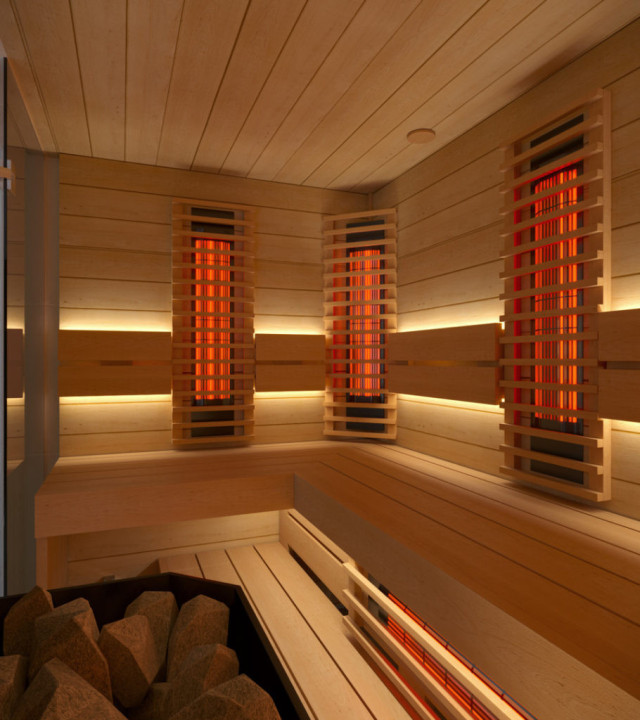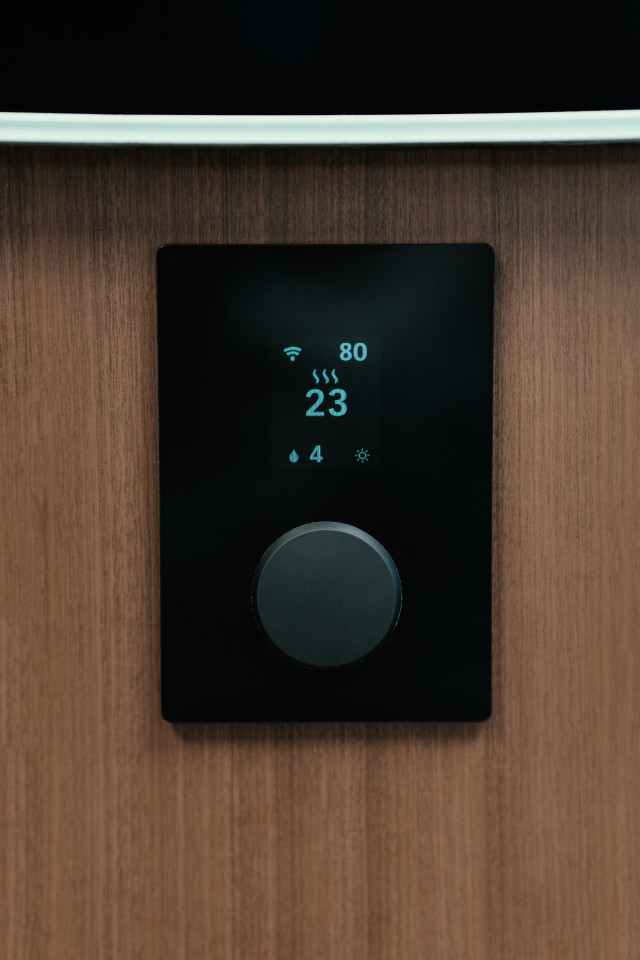Heat therapy is garnering favour among wellness advocates, and it’s as indulgent as it is beneficial.
As the wellness industry continues to boom, self-care advocates will find no shortage of treatments available to revitalise themselves from. Whilst saunas are by no means new, favoured for health benefits and as a place to socialise, infrared saunas, harnessing the power of light therapy are increasing in popularity amongst wellness insiders.
With a growing number of people waxing lyrical about the physical and mental health benefits, it’s little wonder more and more people are booking this treatment. Read on for everything you need to know about it.
What exactly is an infrared sauna?
While traditional saunas have existed since the 20th century, the origins of infrared sweat rooms can be traced back to 1960s Japan, when this technology was first introduced. From there, a natural evolution occurred, which has seen them transform into models which are much smaller, more convenient and high-tech than their predecessors.
Unlike traditional saunas, which raise the temperature of the air around you (typically up to 180 degrees fahrenheit), infrared saunas work by using panels which warm the body directly, reaching temperatures of around 120-150 degrees.
“Infrared saunas warm the body in the same manner as natural sunlight, using the wavelength of visible and non-visible light spectrum of sunlight that heats the body normally” Sarah Jones St John, founder of Grey Wolfe, tells The Sybarite.
“Whilst traditional saunas raise the temperature of the air to a very high level within the chamber to warm the body, infrared saunas heat the body directly, resulting in deeper tissue penetration.”
For people who don’t enjoy the stifling atmosphere often associated with traditional saunas, infrared might present a more appealing alternative which allows you to reap the same wellbeing-boosting benefits.
The benefits of an infrared sauna
The benefits of infrared saunas are believed to be far-reaching, from aiding with rest and relaxation, to assisting in muscle recovery and reducing inflammation in the body.
Depending on your reason for using one, combined with how often and at what temperature, you can expect to enjoy a variety of physical and mental benefits that will likely have you coming back from more.
“Assisting with weight loss, increasing serotonin, decreasing stress, promoting better sleep, reducing inflammation, helping to eliminate toxins, boosting collagen and self-love” are just a few of the positive side effects Sarah notes.
When to use an infrared sauna
Experts suggest that scheduling your sauna early morning, post-workout or before bed is likely to deliver the most optimal results.
“An infrared sauna is perfect post-workout for muscle recovery, but also, if you’re unable to exercise due to an injury, using one can help mimic some of the benefits of a passive cardio workout,” Sarah states . “It’s also great to use at the end of a day to lower stress levels and promote better sleep.”
With any new wellness activity, it’s important to ease yourself into a routine. A 20-minute session once a week is a suggested starting point, from there , you can increase your frequency as your body learns to tolerate the treatment.
“I would recommend having one 30-45 session three times a week or after every workout, although there’s no reason why someone couldn’t have a session every day if their schedule allows,” Sarah advises.












